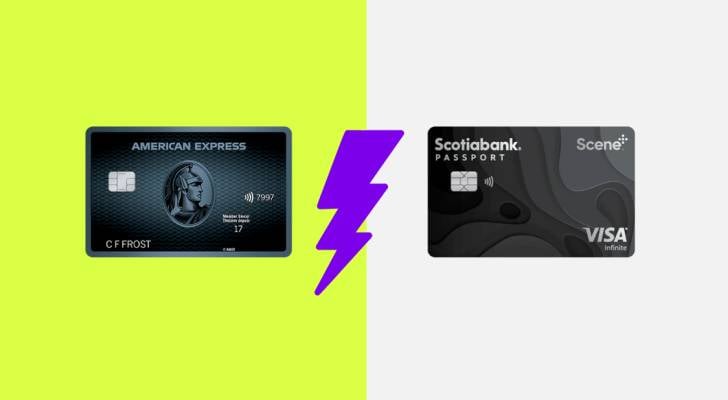Canadian cross-border travel hits pandemic lows as costs and concerns rise

Cross-border trips from Canada to the United States hit a pandemic low in February, according to new data showing a sharp decline of nearly 500,000 travelers compared to last year. In February 2025, Canadian travel to the US dropped by 235,000 trips, according to CBP data, marking the steepest year-over-year decline. This trend comes on […]
12 best neighbourhoods in Calgary

Calgary has been steadily growing in popularity over the last decade or so, thanks to affordable housing (compared to Canada’s other urban centres), a booming job market and proximity to some of Canada’s most stunning landscapes. If you’re thinking of moving there, check out this list of 12 of the best neighbourhoods in Calgary. Methodology […]
11 ways to make money online, fast

We’ve scoured the Internet and found some of the best revenue-generating apps and sites that can pack some extra bucks in your wallet. Some have big payouts, while others offer smaller incentives that, if you’re patient, can add up over time. If you have access to a computer, tablet, or smart phone, here’s how to […]
Worried about inflation? Here are 3 ways to hedge against a weakened dollar

Recent interest rate cuts were welcomed by property buyers, but investors and traditional savers were not as happy. On traditional savings accounts and other low-risk investment options, these lower rates translate to diminished returns, making it challenging for savers to preserve and grow their wealth. As the appeal of conventional savings declines, exploring alternative assets […]
How using the Amex Cobalt and the Scotia Passport Visa Infinite cards became the travel credit card combo I swear by

The Amex Cobalt and the Scotia Passport Visa Infinite are two of the best travel credit cards out there, but who says you have to pick just one? As an experienced traveller, I’ll show you how using both can elevate your trips around the world. It may sound like overkill, but trust me, this combo […]
Transit construction unleashes rat infestation in Toronto home — furious owner demands transit company pay up

For all intents and purposes, Leslieville retiree Janice La Chapelle’s home was normal. But when transportation agency Metrolinx began construction of the Ontario Line across her street in 2020, they created a transport line to her home as well — for rats. Rodents began appearing at her Leslieville home in 2020 after they were forced […]
‘No one should have to go through that’: This Florida woman fought back when her property manager tried to evict her — and won. Why knowing your rights protects more than just your sanity

As more Floridians face evictions from mobile home parks, Kerrie Bacci is demonstrating how to stand your ground — even if that ground is owned by a huge property management company. Bacci owns her mobile home in Shangri La Mobile Home Park in Largo, Florida. What she doesn’t own is the land it sits on. […]
Lux for less: Here’s the top 10 cheap hotels in Toronto that won’t have you checking for bed bugs!

Toronto’s popularity with international and domestic travellers continues to grow for good reason. Home to world-class museums, culinary delights, engaging festivals, family-friendly outings and iconic attractions, the friendly and safe city offers endless opportunities for exploration. Best of all, while it may have an (often well-earned) reputation as being a pricey metropolis, it does have […]
“Please make sure your head is on straight” — An Ontario professor’s retirement plan was derailed after her mothers sudden death. Here’s how she got it back on track

Former computer scientist and professor, Julia Johnson (72), was used to creating plans and executing them, and retirement was no different. But her plans went awry when her mother unexpectedly passed away. Right before retiring in 2020, Johnson had taken an exit sabbatical so she could have time to move from Ontario to Edmonton, Alberta […]
53% of Canadians now skip U.S. booze for Canadian or global picks — with drop in sales and trade feud prompting 94% drop in U.S. wine imports

Canadians are rethinking their alcohol purchases as trade tensions with the U.S. spill onto liquor store shelves. New survey data shows that more than half of Canadians have changed how they shop for booze since tariffs took effect — with many opting to support Canadian producers or cutting back altogether. Trade tensions prompt buy-Canadian at […]